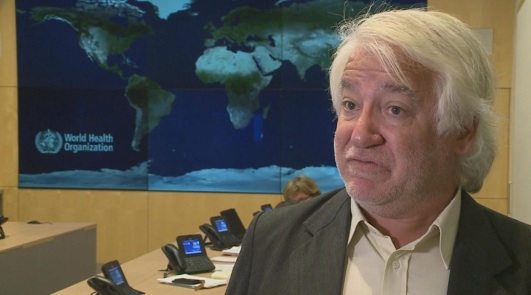
The World Health Organization stressed that staff at the outbreak sites in West Africa see evidence that the numbers of reported cases and deaths vastly underestimate the magnitude of the outbreak.
Speaking today (15 Aug) in Geneva, WHO spokesperson Gregory Hartl said “we have seen with the opening of new treatment centres, many more Ebola patients come forward, and so this has given rise to the belief that there are probably a lot of patients out there that we haven’t traced or contacted yet.”
He added “that is why WHO is saying that we are probably under-estimating the number of cases and deaths.”
WHO is coordinating a massive scaling up of the international response, marshalling support from individual countries, disease control agencies, agencies within the United Nations system, and others.
Hartl said “we, and our partners in the field, have adopted a new strategy and that is to concentrate on those who have died. Sadly, we have to do this because we know that those are confirmed cases.”
He also said that the people who have died also have the most severe infection, so their contacts are more likely than other contacts to themselves to be infected.
He added “so from now on, WHO as priority with its partners will be tracing backward from all those people who have unfortunately died from the disease.”
The World Health Organization also reiterated yesterday its advice against travel bans to and from affected countries, as Ebola is not airborne and can only be transmitted by direct contact with the body fluids of a person who is sick with the disease.
The World Food Programme announced it is planning on providing food assistance to 1 million people living in quarantine zones at the borders between Liberia, Sierra Leone and Guinea.
The Ebola virus is highly contagious but only under very specific conditions involving close contact with the bodily fluids of an infected person or corpse. Most infections have been linked to traditional funeral practices or the unprotected care, in homes or health facilities, of an infected person showing symptoms.
Apart from these specific opportunities for exposure to the virus, the general public is not at high risk of infection.
[United Nations]







